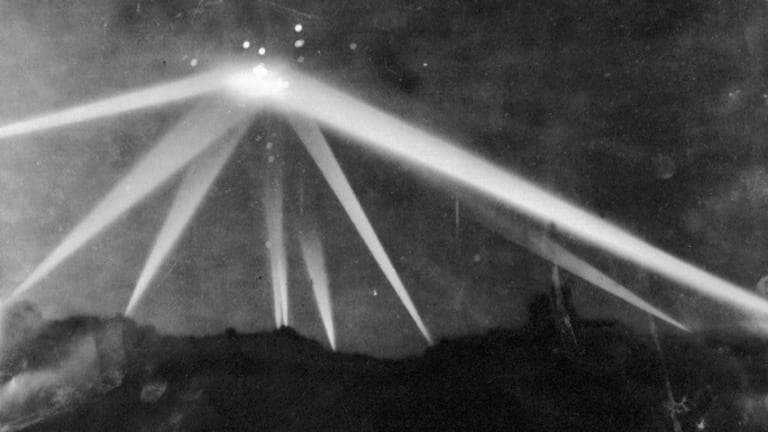Comparative Analysis of UFO Sightings
Global Themes and Patterns (Part I)
Across the vast tapestry of human history and culture, the sky has always been a source of wonder and mystery. From ancient civilizations gazing upon the stars and crafting tales of gods and celestial chariots to modern societies documenting unidentified flying objects with sophisticated technology, the allure of the unknown has been a constant. It is fascinating to observe that, despite geographical, cultural, and temporal divides, stories and accounts of strange objects in the sky seem to be a shared human experience.
The ubiquity of UFO sightings is not confined to a single era or region. Native American legends whisper of sky-beings, European medieval paintings depict anomalous aerial phenomena, and ancient texts from Asia detail encounters with objects and beings from the heavens. While these accounts span continents and centuries, is there an underlying thread connecting them? Can patterns be discerned from these varied sightings, or do interpretations drastically differ based on cultural and historical contexts?
This analysis aims to dive deep into the global chronicles of UFO encounters, juxtaposing accounts from different corners of the world. Through this exploration, we seek to understand if there are shared patterns and themes in the sightings and, equally importantly, in the interpretations and reactions they elicit. As we embark on this journey, we’ll uncover the tales that have united humanity in awe and curiosity, and perhaps, gain a better understanding of our place in the vast cosmic narrative.
Brief History of UFO Sightings in Different Regions
The Ancient Americas:
The vast landscapes of the Americas have long been a canvas for tales of celestial encounters and unexplained phenomena. Deep within the annals of indigenous history, Native American tribes have rich oral traditions that carry stories of “Star People” or cosmic visitors. The Hopi tribe, for example, speaks of the “Kachinas,” spirits or personifications of things in the natural world, some of whom are believed to originate from the sky. The Navajo, on the other hand, tell of the “Holy People” who come from the heavens and play a significant role in their creation myths and spiritual beliefs.
Within the diverse tapestry of Central American cultures, the Maya civilization stands out for its advanced knowledge of astronomy and the cosmos. The Mayans meticulously observed the skies, plotting the movements of the stars, planets, and other celestial bodies. Their detailed codices, some of which have survived the ravages of time and conquest, speak of “gods” who descended from the heavens in “serpent ropes” or beams of light. While these descriptions are rooted in religious and mythological contexts, some UFO enthusiasts suggest that these narratives could be ancient interpretations of extraterrestrial encounters.
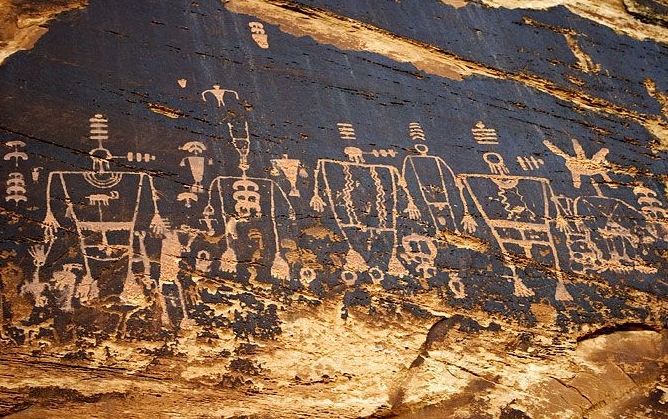
Further south, the expansive Inca Empire of the Andes mountains held its own cosmic beliefs. Their foundational myth speaks of the god Viracocha, who rose from the waters of Lake Titicaca and created the sun, moon, stars, and civilization itself. There are also tales of golden discs that flew through the sky, illuminating the night with a brightness comparable to the day. Intriguingly, the Nazca Lines, geoglyphs etched into the coastal deserts of southern Peru, have long captured the imaginations of researchers and enthusiasts alike. These enormous drawings, depicting animals, plants, and geometric shapes, are best viewed from the air, leading some to speculate about their purpose: were they messages or markers for those in the sky?
Additionally, the indigenous tribes of the Amazon rainforest, with their vast and intricate cosmologies, often speak of beings from the stars. These stories, passed down through generations, tell of otherworldly visitors who shared wisdom about the cosmos, medicine, and agriculture. Shamans, who serve as intermediaries between the physical and spiritual realms, frequently describe journeys to other worlds or dimensions in their visionary experiences, often aboard what can be described as “celestial vessels” or “sky canoes.” While these tales are deeply embedded in the spiritual and metaphysical beliefs of the tribes, they demonstrate the universality of the human fascination with the unknown and the skies above.
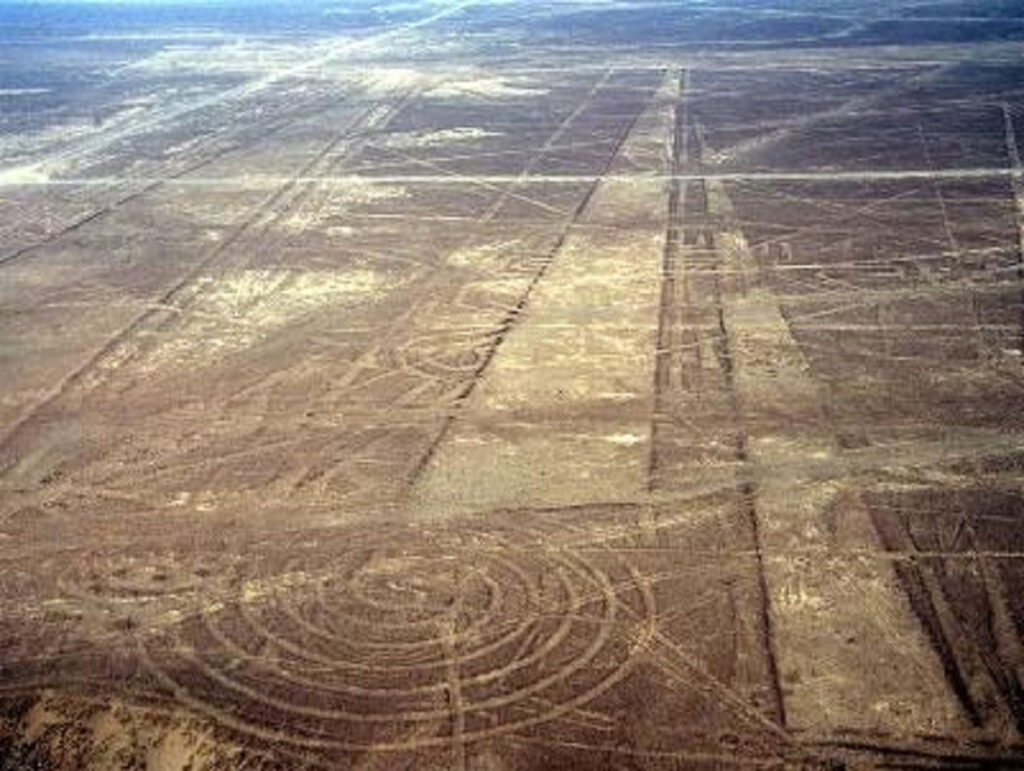
Colonial Times to the 19th Century:
As European exploration and colonization expanded across the New World, tales of inexplicable lights and aerial phenomena seemed to proliferate among the settlers. These stories, often intertwined with superstitions and religious beliefs, were regarded with a mixture of fear, awe, and curiosity. Aside from Winthrop’s record, there were other intriguing mentions of strange celestial occurrences. For instance, in the late 1600s, residents of colonial Boston reported seeing a “great light” soaring in the sky, only to abruptly vanish, leaving behind a trail of sparkles. This event, though not comprehensively documented, became the stuff of local folklore, with various interpretations ranging from divine omens to warnings.
The 18th century brought about the Age of Enlightenment, a period characterized by scientific revolution and rationalism. Yet, despite the burgeoning scientific curiosity, unexplained aerial phenomena continued to be recorded. In 1762, a broadsheet published in New England described an event where multiple townspeople witnessed a vast sphere of light moving against the wind, changing colors, and then ascending to the heavens. Such sightings, while sporadic, often became topics of discussion in local taverns, churches, and town squares, leading to a blend of skepticism and wonderment.
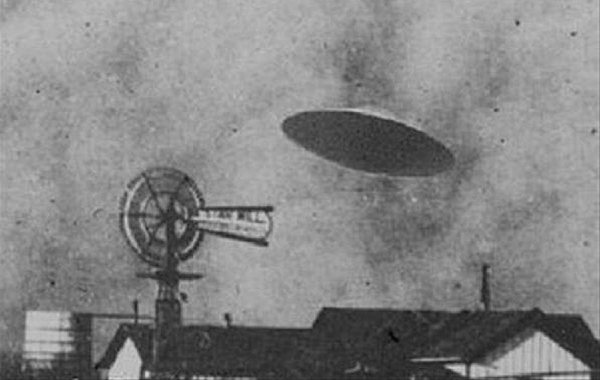
By the 19th century, with the onset of the Industrial Revolution, the skies became busier with balloons and other early attempts at flight. Nevertheless, reports of unidentified flying objects persisted. One of the most talked-about events took place in 1878 when Texas farmer John Martin described seeing a large, dark, circular object high in the sky, moving at considerable speed. His account, published in the local newspaper, is significant as it might be one of the first instances where the term “flying saucer” was indirectly alluded to, predating the more modern UFO era by several decades. Such accounts further sowed the seeds of curiosity and speculation about what, or who, might be sharing the skies with us.
The 20th Century – The Roswell Incident and an Era of High Strangeness:
The 20th century witnessed a meteoric rise in UFO sightings and related phenomena, fundamentally altering public perception and understanding of the subject. The Roswell incident of 1947 undeniably stands as a cornerstone event in this modern UFO era. When an unidentified object crashed on a ranch near Roswell, New Mexico, initial newspaper reports suggested the recovery of a “flying disc.” However, the military’s swift retraction of this statement, replacing it with a mundane explanation of a fallen weather balloon, only fueled public curiosity and gave birth to numerous conspiracy theories. The whispers of extraterrestrial bodies, covert operations, and technology reverse-engineering became ubiquitous, forcing the topic of UFOs and potential extraterrestrial contact into mainstream consciousness.
In the years following the Roswell incident, UFO encounters extended beyond the confines of secluded ranches and remote forests. Even bustling urban locales reported such mysterious occurrences. The Washington, D.C. UFO incident of 1952 was a prime example. Over several nights, unidentified flying objects were not just sighted but were also picked up on radar, making evasive maneuvers that earthly aircraft of the time couldn’t achieve. Jet fighters were scrambled, yet the objects seemed to display an uncanny ability to disappear and reappear at will. This dramatic episode, occurring over the nation’s capital, led to a frenzy of media coverage and prompted a national press conference by the U.S. Air Force, the largest on the topic of UFOs till then.
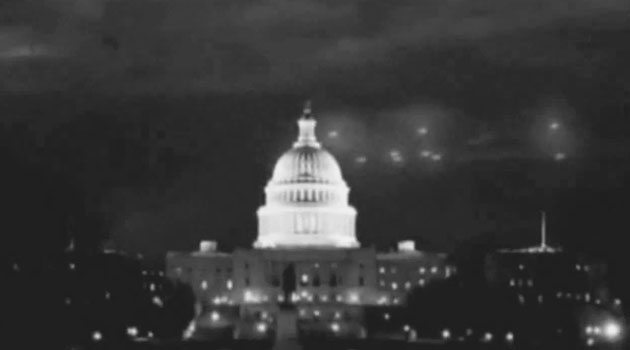
Abduction narratives, while always a part of UFO folklore, gained significant traction in the latter half of the century. One of the earliest and most prominent accounts was that of Betty and Barney Hill in 1961. The couple reported being taken aboard an alien craft while driving in rural New Hampshire. Under hypnosis, they described their extraterrestrial captors, the medical procedures performed on them, and even produced a star map pointing to a then-unknown star system, later identified as Zeta Reticuli. Then, in 1975, the Travis Walton experience further entrenched the abduction narrative in popular culture. Walton, a logger from Arizona, went missing for days after a close encounter with a UFO. Upon his return, he recounted memories of being aboard the craft, interacting with humanoid entities, and undergoing medical examinations.
By the 1990s, public interest in UFOs had not waned, and significant events continued to punctuate the timeline. A standout occurrence was the Phoenix Lights event of 1997. Thousands of Arizona residents observed a massive V-shaped craft, adorned with lights, silently glide over the state, including the city of Phoenix. The military’s subsequent explanation of flares did little to convince eyewitnesses, who included the state’s governor, Fife Symington. The Phoenix Lights remains one of the most-witnessed, most-discussed, and yet unexplained UFO events in history.
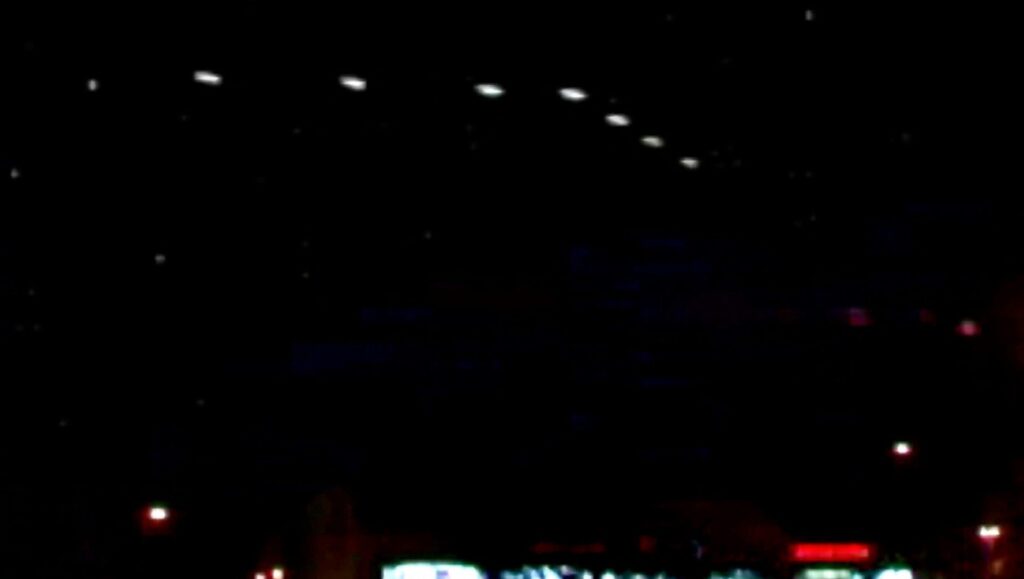
These landmark events of the 20th century, along with countless others, not only shaped the UFO discourse but also paved the way for serious scientific and governmental inquiries into the phenomenon. While definitive answers remain elusive, the sheer volume and consistency of reports ensure that the search for the truth behind these unidentified aerial phenomena continues with unabated fervor.
The Modern Era: Unraveling New Mysteries with Advanced Technologies
As the 21st century dawned, technological evolution began reshaping the UFO landscape in profound ways. The ubiquity of smartphones equipped with high-quality cameras meant that almost anyone could capture unexplained aerial phenomena at a moment’s notice. This widespread capability transformed UFO reporting, making it more immediate and, in many cases, more verifiable. Online platforms and social media channels facilitated global discussions, allowing for real-time sharing, analysis, and debate surrounding these incidents.
However, this democratization of UFO reporting had its pitfalls. The sheer volume of footage and claims led to an influx of misidentifications, deliberate hoaxes, and misinformation. Commonplace objects like drones, balloons, and atmospheric phenomena were frequently mistaken or misrepresented as extraterrestrial encounters. Parsing genuine enigmas from the mundane became an ever-growing challenge for enthusiasts and researchers alike.
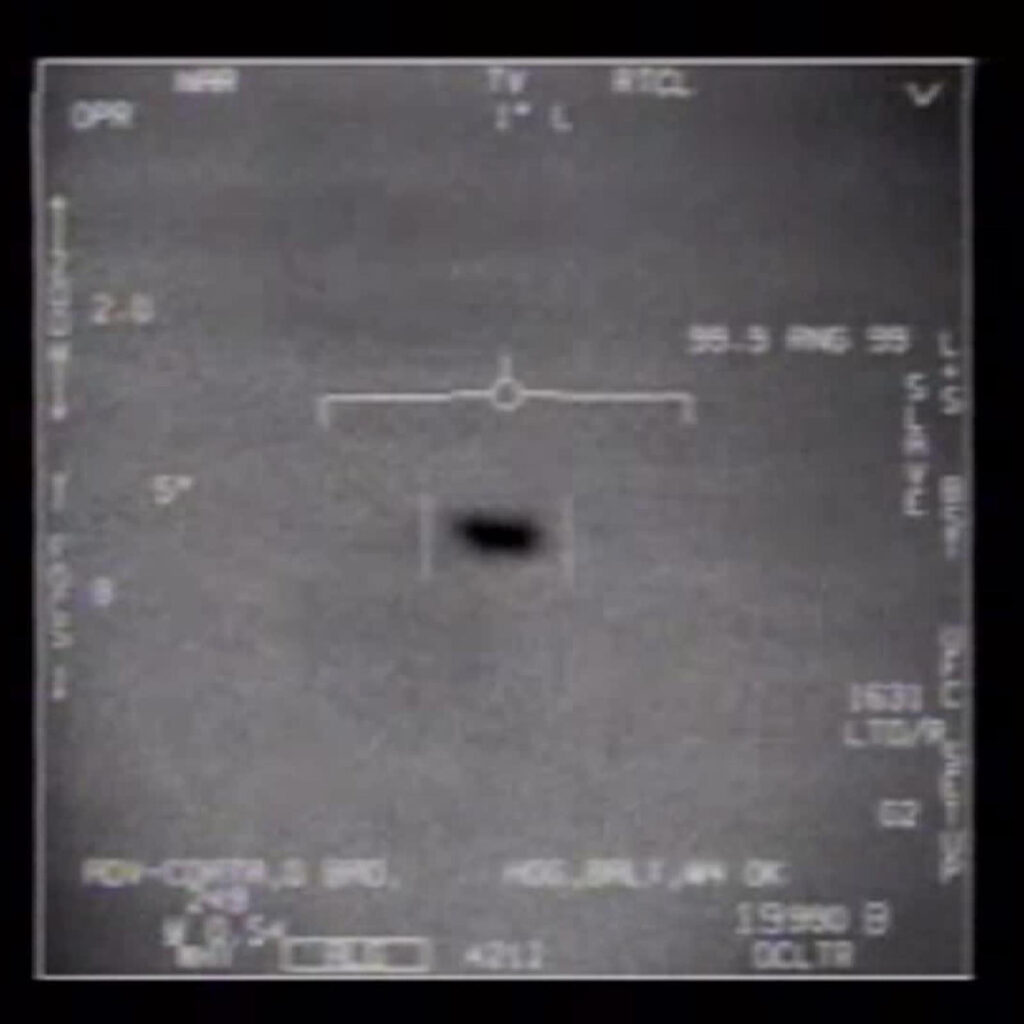
Despite the noise, certain events cut through and demanded serious attention. One such incident that stands out is from 2004 when U.S. Navy pilots encountered an enigmatic object later dubbed the “Tic Tac” due to its peculiar shape. Detected during a routine training mission off the coast of Southern California, this object, captured on infrared tracking systems aboard advanced fighter jets, displayed an array of bewildering aerodynamic feats. It moved with abrupt precision, hovered, and accelerated at rates that seemed to defy the current understanding of aviation technology, leaving seasoned pilots both awestruck and puzzled.
Further perplexing was the absence of any conventional propulsion system or flight surfaces on the “Tic Tac.” With a smooth, oblong shape resembling a giant pill, it lacked wings, exhaust plumes, or any other discernible means of propulsion. The meticulous details captured on the military-grade sensors and the corroborative testimonies from highly trained observers lent a credibility to this encounter that was hard to dismiss. The incident prompted internal military discussions, emphasizing the potential implications for national security.
Fast forward to 2015, and another incident once again captivated the attention of both the defense community and the public at large. Dubbed the “Go Fast” video, this footage, also captured by U.S. Navy pilots, showcased an unidentified object skimming rapidly over the ocean surface. The object’s speed and maneuverability, evident in the tracking footage, raised eyebrows as it seemed to flit over the water’s surface at velocities that appeared extraordinary for its observed altitude.
The “Go Fast” incident added another layer to the unfolding mystery of unidentified aerial phenomena. Not only did it showcase another object with flight characteristics outside of conventional paradigms, but its low altitude trajectory also posed questions about its origin and purpose. Was it observing something in the ocean, or was its behavior indicative of some other mission or function? Like the “Tic Tac” before it, the “Go Fast” event underscored the pressing need for a comprehensive, systematic inquiry into these phenomena, both for reasons of national defense and broader scientific understanding.
In an unprecedented move reflecting the gravity of such encounters, the U.S. government began openly acknowledging the existence of these unexplained aerial phenomena. No longer relegated to the realm of conspiracy theories, these incidents underwent serious scrutiny. The establishment of formal investigative units and the declassification of certain UFO-related materials underscored a new, more transparent approach. This shift signaled a recognition of the profound implications these encounters might have for national security, aviation safety, and our understanding of the very nature of our place in the cosmos.
In part II of this article, we will delve into the history of UFOs in Europe and Asia.

